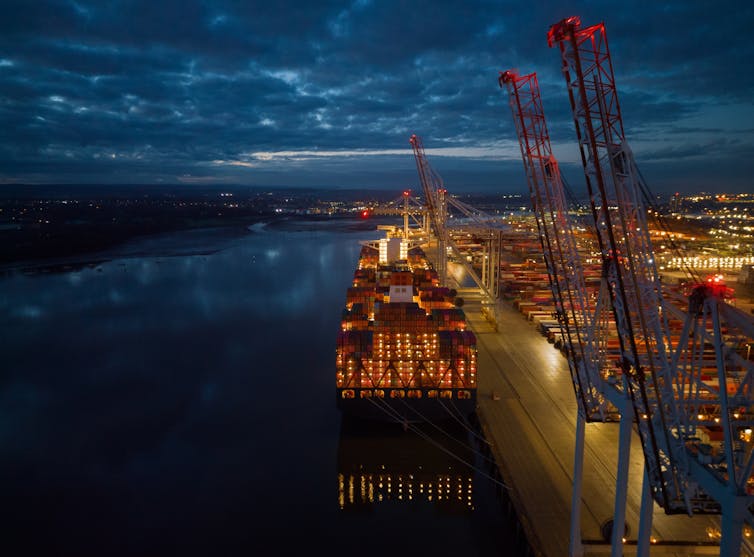
The UK government’s plan to create a new industrial strategy is a welcome attempt to steer Britain’s economy through the challenges of the 21st century. Amid a backdrop of global economic uncertainty, a clear focus on achieving growth is essential.
The plan is at an early stage. The new green paper marks the beginning of a consultation process designed to shape future government policy.
But creating an industrial strategy in the first place – to coordinate a wide range of economic policies – is commendable. For too long, the UK has been lagging behind other countries which have embraced greater government intervention in their economies.
And the idea of having that strategy overseen by an “industrial strategy council”, to offer a degree of independent oversight, is a good one. If set up properly, this council should encapsulate the idea of industrial strategy as a partnership between the state and business – a collaborative effort to discover new opportunities and develop new policies.
It is also pleasing to see the green paper hasn’t shied away from some of the big issues. There is appropriate emphasis on geography, and creating opportunities in “left behind places”. For too long, economic growth in Britain has been disproportionately concentrated in London and the south-east.
Empowering local leaders in other regions to shape industrial policies, tailored to their specific needs, is a step in the right direction.
The emphasis on addressing the UK’s clapped-out infrastructure is also wise. Pledges to invest in broadband, electricity supply, rail and roads should lay the groundwork for a more interconnected economy. There is evidence that improved connectivity could attract new investment and boost regional productivity in areas that have been economically stagnant for decades.
There are also promises to increase public investment in research and development in emerging industries such as AI and clean energy. The vision for a modern, hi-tech economy driven by innovation is much needed in a county which currently ranks 25th in the global robotics league table, the only G7 nation outside the top 20.
But there are also risks to such a technology-centred approach, which could easily be at odds with the goal of tackling regional inequality. Indeed, given new investment tends to flow to existing hi-tech regions, the divide between successful and left-behind places could widen.
The plan’s green focus is also timely. By prioritising clean energy and investment in sectors such as electric vehicles, the strategy aligns with goals for achieving net zero emissions by 2050.
Mission impossible?
However, other issues also need to be included in the government’s plans. There is no consideration of geopolitics in the green paper. Yet any effective UK industrial strategy has to account for the impact of China and the US, and their ongoing tensions.
Similarly – and strangely – Brexit is hardly mentioned. Despite post-Brexit disruption to trade with the EU continuing to act as a drag on investment and growth, the green paper merely skirts around the issue. Nor is there anything about how industries deeply reliant on EU supply chains and markets (such as car manufacturing) can thrive outside the European single market.

Workers in traditional manufacturing, and in sectors such as retail, hospitality and care, will also need to hear more about support and retraining. The government needs to be mindful of not increasing a sense of polarisation between those who benefit from a green hi-tech revolution, and those who don’t.
And there will need to be much more detail about funding. The Labour government is keen to attract investors – the green paper was published on the same day as a high-profile investment summit in London, which featured impressive international attendees enjoying fine food and high-calibre entertainment.
But heavy reliance on private sector investment raises questions about accountability. For, while public-private partnerships can be effective, there is always a risk that private sector interests may not align with the needs of everyone else.
Overall, the green paper is the starting point for a critical national conversation about the UK’s economic future. The road to tangible success will depend on translating ideas into concrete actions, dealing with inevitable trade-offs, and being brave enough to address some deep structural issues. If it does, the green paper could turn into a blueprint for a genuinely resilient and competitive country.
Phil Tomlinson receives funding from the Engineering and Physical Sciences Research Council (EPSRC) for Made Smarter Innovation: Centre for People-Led Digitalisation.
David Bailey receives funding from the Economic and Social Research Council's UK in a Changing Europe Programme.
Michael A. Lewis currently receives funding from the Economic and Social Research Council (ESRC) and the Arts and Humanities Research Council (AHRC).
This article was originally published on The Conversation. Read the original article.







